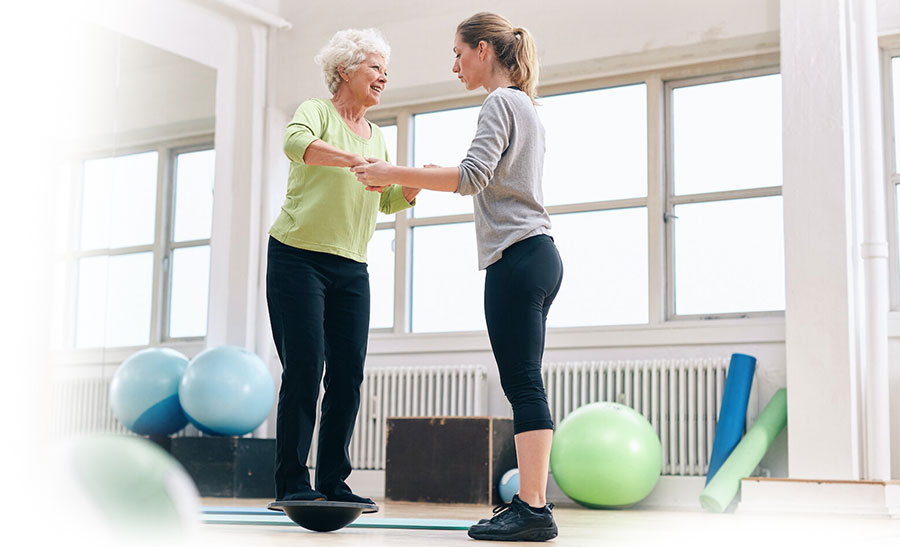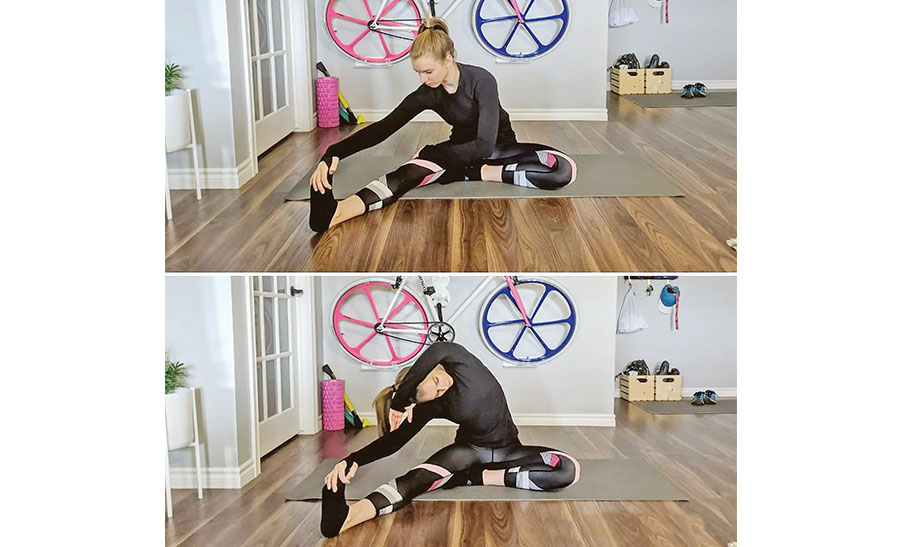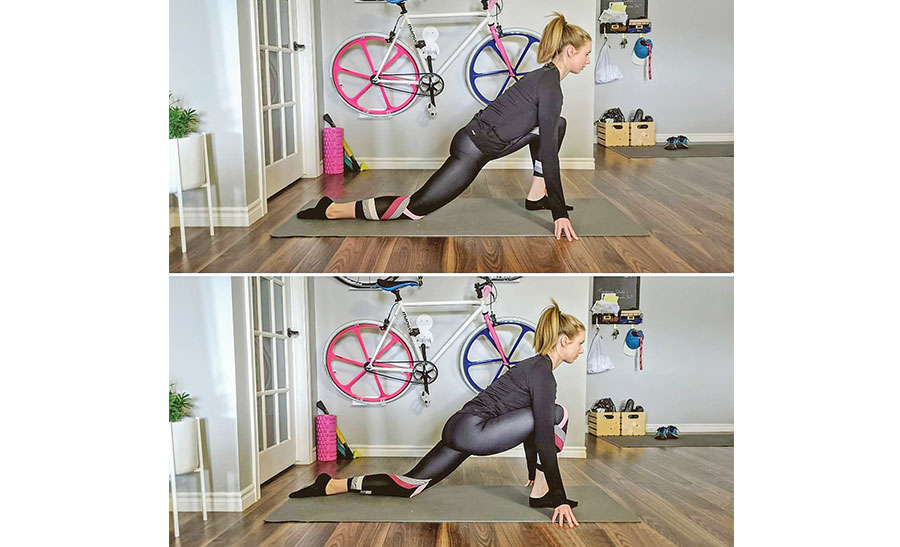Fit for Two: Exercise Guidelines During Pregnancy
- 13 Apr - 19 Apr, 2024
Most people don’t think about their balance until they take a spill. However, this is not uncommon: one in every four adults 65 and older falls each year. 20% of those spills result in serious injury, such as a hip fracture or a head injury. What's the good news? Balance training, as it is known among experts, can help you reduce your risk of falling.

Balance training is a set of activities that are designed to improve your reaction to potential fall hazards. It's more difficult than simply standing on one leg. The most effective programmes combine balance-focused activities with functional exercises (moves that mimic everyday activities like standing up) and strength training.
You can also combine a number of the activities listed below to create your own routine. When combined with regular forward walking, walking in a zigzag pattern, changing directions frequently, or speeding up and slowing down can improve your balance. According to an Australian review of 116 studies published in 2020, Tai chi reduced the rate of falls by 23%. Experts claims that its slow, controlled movements necessitate body weight shifting, which is an important part of balancing.
Dancing, whether solo (as in Zumba) or with a partner, requires motor and sensory abilities. According to a German study, weekly dancing improved balance more than traditional cardio workouts. Squats, lunges, and standing exercises can help by challenging muscles in your legs, back, and abdomen that are important for stability.
According to a review of six studies published in the journal Age and Ageing, yoga can improve balance in people aged 60 and up. It's useful both when you're still and when you're moving.
Aim to perform each balance-building exercise at least twice a day.
Around-the-clock: Stand with your feet shoulder-width apart. Consider a clock face on the ground. Shift your weight forward from your hips to the 12 o'clock position and back to the centre. Repeat for the positions 3, 6, and 9. Continue to add 1, 5, 7, and 11.
Tightrope walking: Walk on an imaginary line, one foot directly in front of the other but without touching. Keep your eyes forward, looking at something in front of you, rather than down at the floor. If you feel unsteady, walk along a wall and place a finger or two on it.
Going up: Sit on the edge of a chair, feet flat on the floor. Stand up slightly without using your hands, as if on an elevator going up to the first floor, and then sit down. Repeat the process, going up to the second floor and then rising a little higher each time until you're standing.
Stretches hamstrings and lower back

How to do it: Sit with one leg straight and the other bent, placing your foot wherever comfortable along your inner thigh of the straight leg. Reach towards your foot until you feel a stretch in the back of your thigh while keeping your leg and back straight. Hold in this position for 30-60 seconds and then rotate your torso to bring your arm over your head and stretch your lower back on the side opposite to the leg you are stretching. Hold this position for 30-60 seconds, then change legs.
Benefits: Stretches hip flexors (quadriceps and psoas) and slight stretch of hamstrings

How to do it: From your downward dog, step one foot forwards and place it between your hands allowing the knee of your back leg to drop to the floor. Hold for 30-60 seconds before returning to your downward dog and then step your other leg forwards to repeat the stretch.
COMMENTS